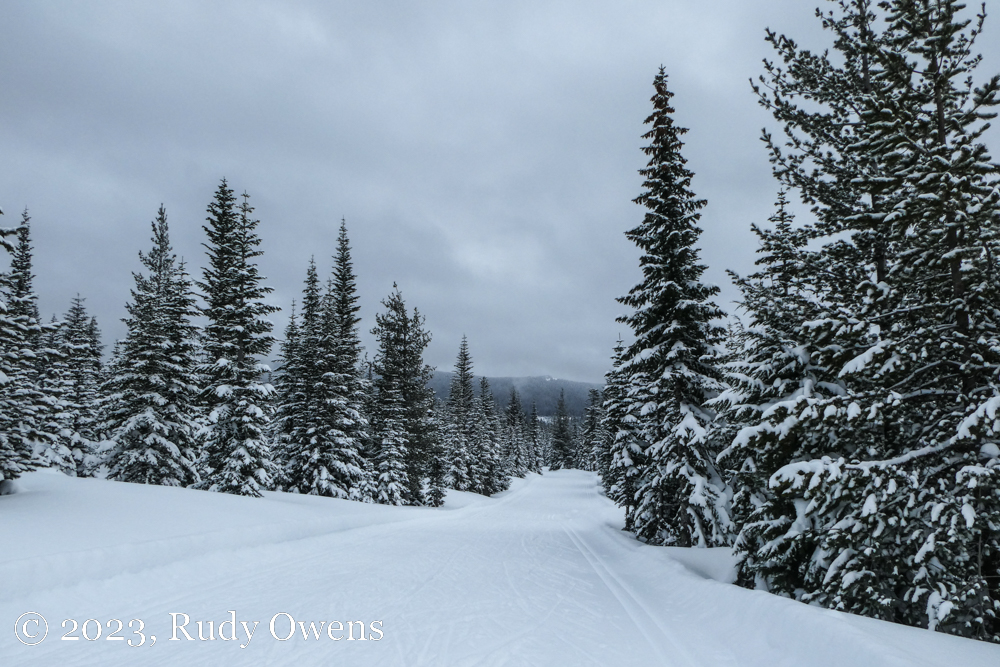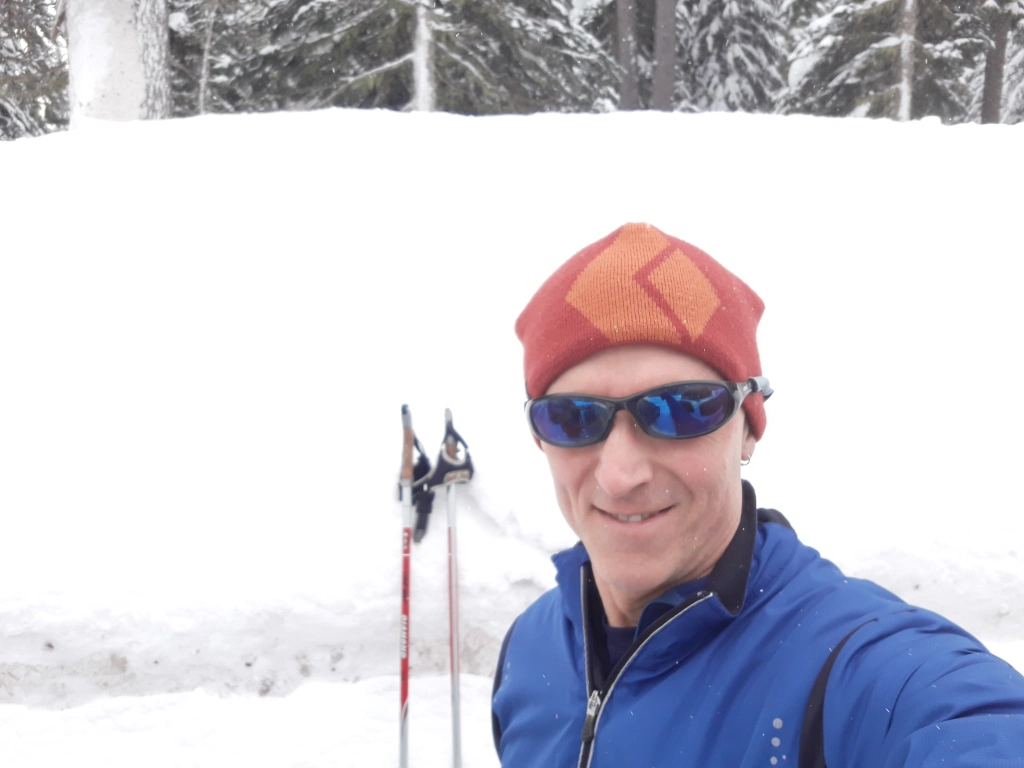


(Click on each photo to see a larger picture on a separate picture page.)
After weeks of planning to cross country ski, I finally did it. I am a bit tired, but feel alive.
Though I now roller ski every week, it is not the same as skiing on snow. There is nothing that compares to Nordic skiing on fresh snow. The workouts are always deeply fulfilling, and I can eat voluminous amounts of food when I am done.
For Nordic skiers of the world, this also is the time of year to Nordic ski the world over, in places where one can ski.
February and the first half of March is when the biggest ski races in the world happen for amateur skiers: the American Birkebeiner in northern Wisconsin at the end of February, the Birkebeinerrennet in central Norway in mid-March, and the biggest, the Vasaloppet races in central Sweden, at the end of February and first weekend of March. I was allowing myself the guilty pleasure of watching videos of these races from past years, but without getting out myself. I grew envious of Swedes and Norwegians who can ski all the time most of the winter. Me, I get wet this time of year, roller skiing in the rain or drizzle in Portland.
Cross-country skiing that is accessible from my home is fickle at best during the winter, and now more unpredictable with climate change disrupting winter weather in my region. The closest ski area is 75 miles away, on Mt. Hood, at a spot called Teacup, on the east face of the mountain. It is pretty, but it mostly has a lot of big descents and big climbs instead of long, flat straightaways. It is nothing like my fun ski life I had in Anchorage, from 2004 to 2010, where I could literally strap on skis and walk 100 feet to a shared used trail on most winter days.
Alas, all the ski videos got the best of me. I was antsy to get to the snow. Then we had a good new dump with consistently cold temperatures to make the drive to Mt. Hood worth it on March 5, 2023.
It was nice to finally skate ski again after 13 months of not being on a trail since my last trip to the Methow Valley. I miss being able to do it often, like I could in Alaska. My 150-mile round trip took four hours, involving some white outs, rain mixed with snow, and icy roads. It was a reminder to me why I may do it only once a year in Oregon and why I stick to roller skiing, which I can do any day of the year.

Yes, I do miss that snow. I am proud to say I face planted my first 10 yards today. I was so used to my roller ski balance I was unready for snow. Quickly, I found my muscle memory and soon was off for nearly three hours of looping the descents and long, lung-busting climbs. I saw nearly 50 cars and a lot of people out. Unfortunately, none of us saw Mt. Hood, which was mostly hidden in the clouds.
I want to give credit to the group that maintains the 24 km of trails here, on the Mt. Hood National Forest, called Teacup Nordic. It is a nonprofit that promotes nature, cross-country skiing, and healthy lifestyles encouraged by outdoor sports. The group is a mostly volunteer-powered. They run the venue and produce programs for kids, families, and adults. They do a good job. On many days, I Iike to see the morning photo of the trail groomer of the Nordic trails he’s groomed, telling skiers about conditions. It is a bright spot when all I see is rain in Portland. Thinking of a snowy trail still makes me smile!


































